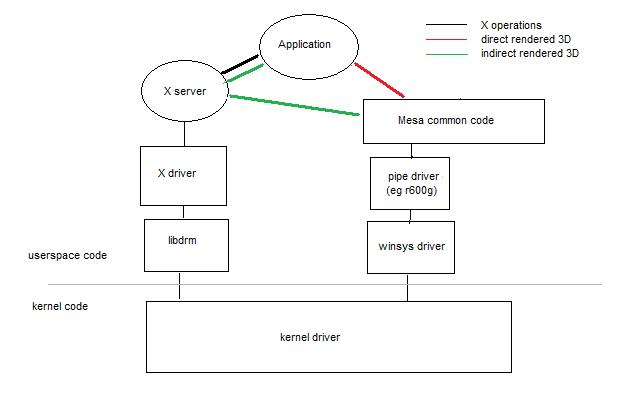I want to understand how the open-source radeon drivers work under linux. Unfortunately, there is not much documentation about them. So, I resorted to reading the source code.
I managed to locate two different chunks of radeon-related source code:
1) The code under the directory /drivers/gpu/drm/radeon/ in linux source tree.
2) The source code in xf86-video-ati-7.1.0, downloadable from internet.
My question is: what is the relation and the difference between these two different sources? Which one is lower level? Which one calls the other?
I managed to locate two different chunks of radeon-related source code:
1) The code under the directory /drivers/gpu/drm/radeon/ in linux source tree.
2) The source code in xf86-video-ati-7.1.0, downloadable from internet.
My question is: what is the relation and the difference between these two different sources? Which one is lower level? Which one calls the other?




Comment